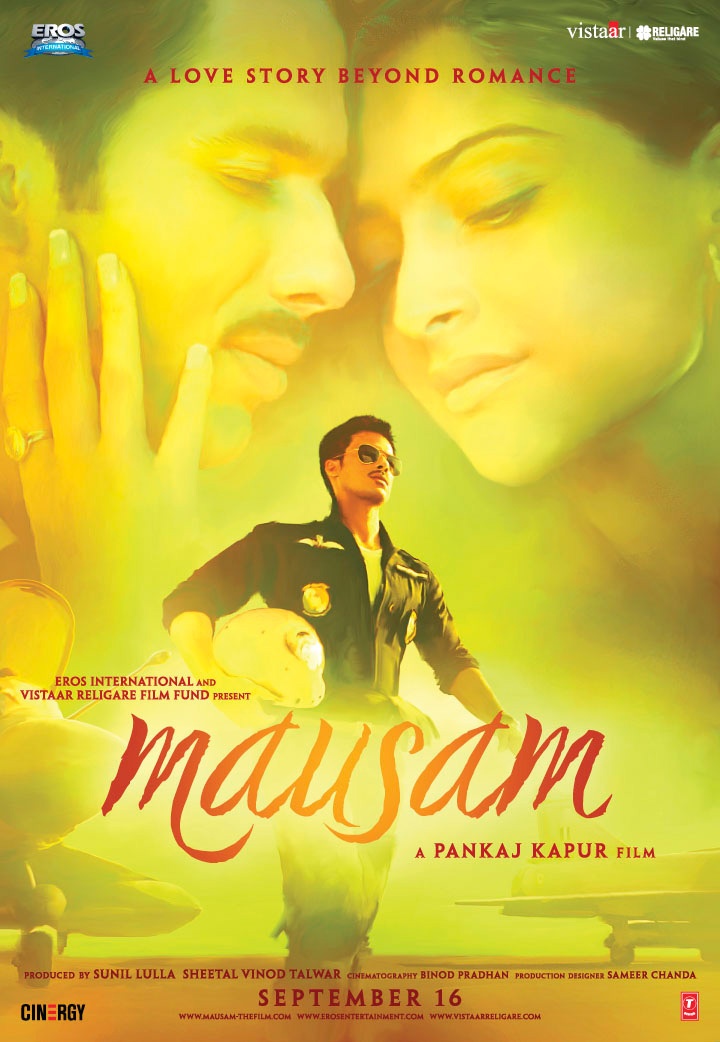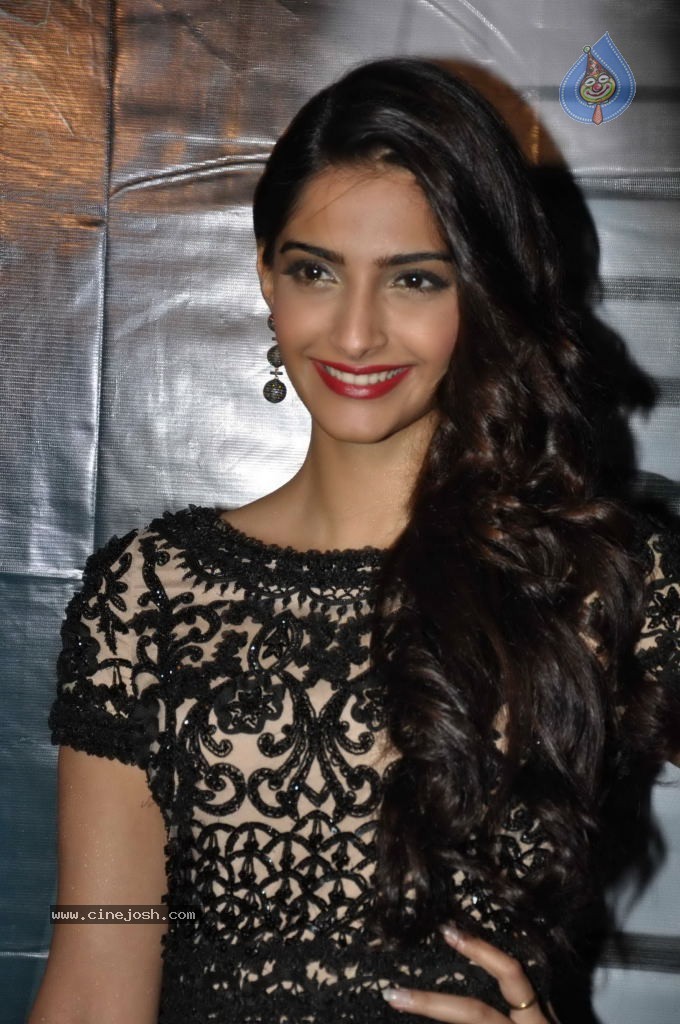Ever wondered what it takes to bring a cinematic vision to life? The magic behind a film lies not just in its plot, but in the collective artistry of its cast and crew, each contributing a vital brushstroke to the final masterpiece.
The name Mausam resonates with different interpretations and cinematic experiences. It's a title that has graced the silver screen on multiple occasions, each iteration offering a unique narrative perspective. The term itself, translating to Season, hints at cyclical themes of change, love, and the passage of time, elements that seem to consistently thread through the various films bearing the name Mausam. The exploration of Mausam reveals a fascinating study in cinematic evolution, highlighting how the same title can be used to tell different stories, each shaped by its own unique context and creative vision.
Let's delve into the world of Mausam through the lens of the individuals who brought these stories to life. We'll explore the key players, from the actors who embodied the characters to the directors who steered the ship, shaping the narratives that audiences have come to know and love.
We will now explore the casts and crews of the films that share the title Mausam. This will involve examining the individual contributions of actors, directors, and other key players to bring these stories to life.
| Film Title | Year | Director | Lead Actors | Brief Description | Reference |
|---|---|---|---|---|---|
| Mausam | 1975 | Gulzar | Sanjeev Kumar, Sharmila Tagore | A musical romance film loosely based on the novel 'The Judas Tree'. | Wikipedia |
| Mausam | 2011 | Pankaj Kapur | Shahid Kapoor, Sonam Kapoor | A war romantic drama film. | Wikipedia |
The 1975 film Mausam, directed by Gulzar, unfolds as a poignant exploration of human relationships set against the backdrop of changing seasons. Starring Sanjeev Kumar and Sharmila Tagore, the film masterfully intertwines the narratives of love, loss, and the enduring nature of time. Gulzar’s directorial prowess shines through in his ability to capture the subtleties of emotion and the beauty of the natural world. The film, a Hindi-language musical romance, is an adaptation of A.J. Cronin's novel, The Judas Tree, a testament to its enduring appeal.
Sanjeev Kumar, a veteran of Indian cinema, brought a unique depth to his roles. Known for his versatility and ability to portray complex characters, Kumar delivered a performance that resonated deeply with audiences. Sharmila Tagore, a celebrated actress, brought her elegance and sensitivity to the role, adding a layer of grace to the film's emotional core. Their combined talents created a cinematic partnership that is remembered fondly to this day. The film’s narrative, rooted in the theme of changing seasons, presents a story of human experiences, reflecting on life’s fleeting nature and enduring impact.
The direction of Gulzar is a significant aspect of the film's success. His direction is recognized for its visual beauty and storytelling. He creates a unique atmosphere that envelops the viewer, immersing them in the film's world. Through his creative approach, he enhances the film's emotional impact and creates a cinematic experience that is both thought-provoking and captivating.
In contrast, the 2011 adaptation, also titled Mausam, presents a contemporary take on love and conflict, set against the backdrop of war and religious differences. Directed by Pankaj Kapur, the film features Shahid Kapoor and Sonam Kapoor in leading roles. The narrative takes a more modern approach, dealing with themes of war, religious conflict, and misunderstandings that create obstacles for a couple from different backgrounds. The film, initially slated for release on September 16, 2011, was delayed due to delays in obtaining necessary clearances from the Indian Air Force, showcasing the challenges of filmmaking.
Shahid Kapoor brought his charm and performance to his role, offering a portrayal that catered to contemporary sensibilities. Sonam Kapoor, known for her style and acting ability, added a unique aspect to her role, giving depth to the film's romantic core. Their dynamic contributes to the film's emotional range, making it relatable to modern audiences. Pankaj Kapur’s direction aims to capture the essence of the story, dealing with contemporary challenges. The film's narrative, dealing with modern themes of love and conflict, aims to resonate with a younger audience.
The contrast between the 1975 and 2011 films, both bearing the title Mausam, exemplifies the evolving nature of cinema. While the 1975 version offers a classic exploration of relationships and time, the 2011 film tackles contemporary challenges. The difference in approach and the chosen themes of both films reflect changes in society and cinematic expression. These films represent the evolution of storytelling in cinema, reflecting the social and cultural climates in which they were created.
The term Mausam also frequently appears in discussions of Indian cinema. The multiple film projects highlight the adaptability of the title and how it can be tailored for various stories. The recurring use of Mausam in film demonstrates the title's cultural resonance and its ability to capture audiences. This makes the title a recurring topic of interest, providing an opportunity to engage with different cinematic experiences.
The significance of the cast and crew can not be overstated, as they are the backbone of the Mausam movies. Actors bring their unique traits, while directors shape narratives, creating a collaborative process that enriches each film. Every crew member, from writers to cinematographers, contributes significantly to bringing the stories to life. This unified effort illustrates the importance of collaboration in achieving cinematic brilliance. Each person’s dedication guarantees that the narrative reaches its fullest potential.
From exploring the detailed filmographies to analyzing the creative team's insights, each installment of Mausam offers a fresh lens through which to appreciate the cinematic process. The films, each with its distinct approach and narrative, offer a study in adaptation and directorial vision. The actors provide the emotion, while the directors control the vision, offering viewers an unforgettable experience. The exploration of the Mausam films, through the study of casts and crews, provides a comprehensive view of cinematic craftsmanship.
The diverse approaches and thematic explorations of Mausam films, as viewed through their creative teams, showcase the versatility of storytelling. Each creative decision, from casting to scriptwriting, is a deliberate step in crafting the movie’s essence. Through the study of these teams, we not only understand the movies better but also appreciate the art of filmmaking.



